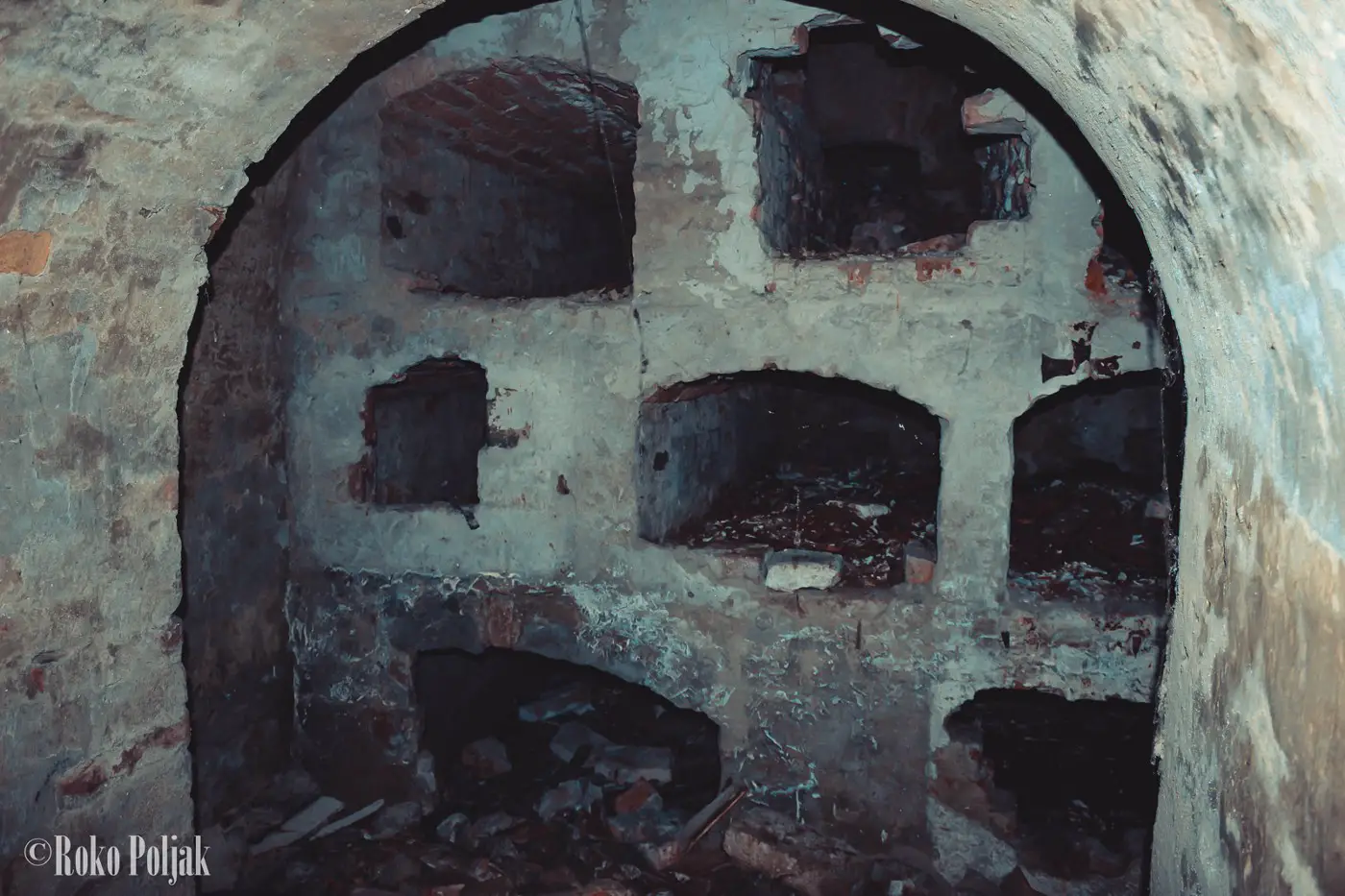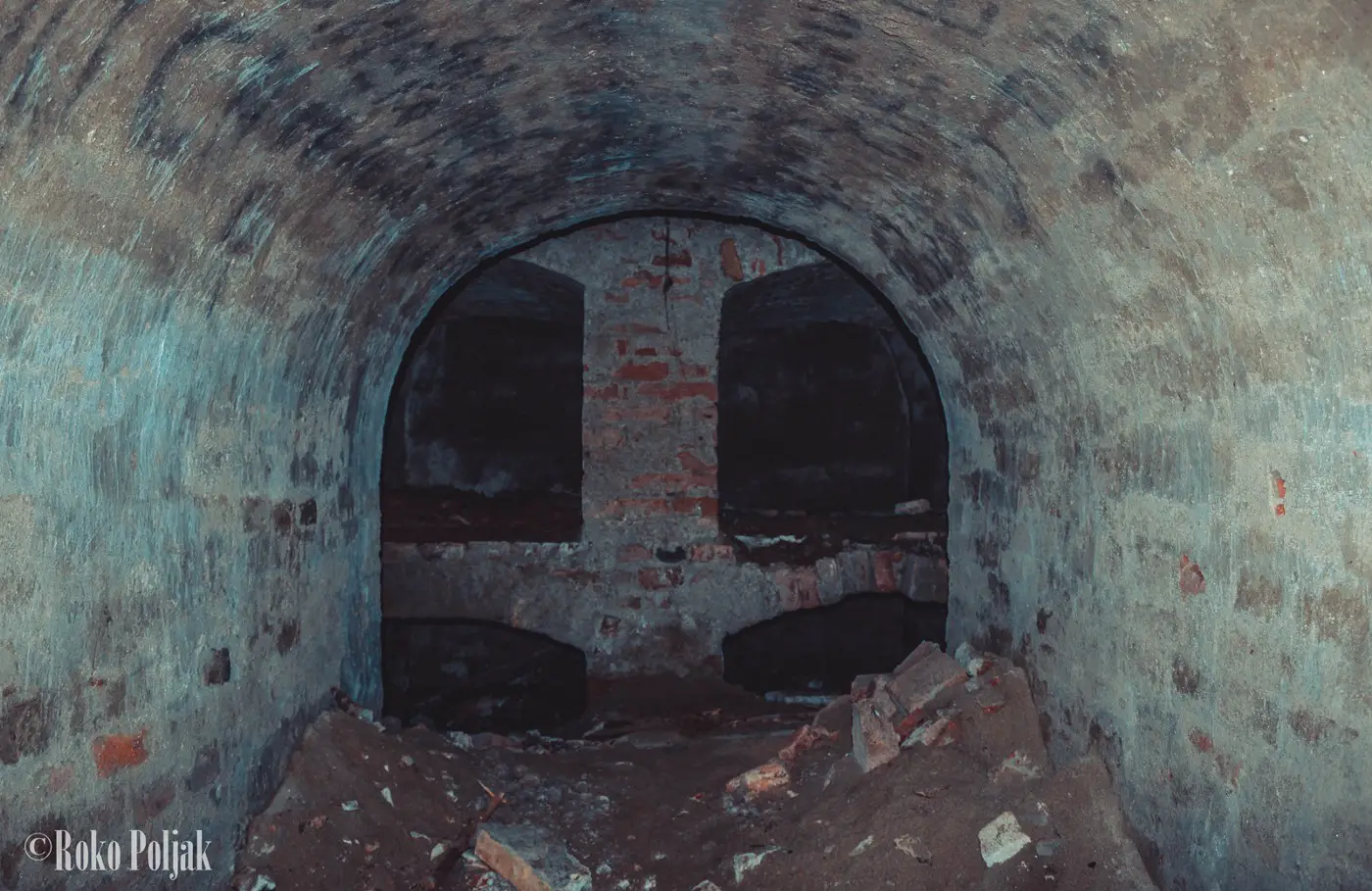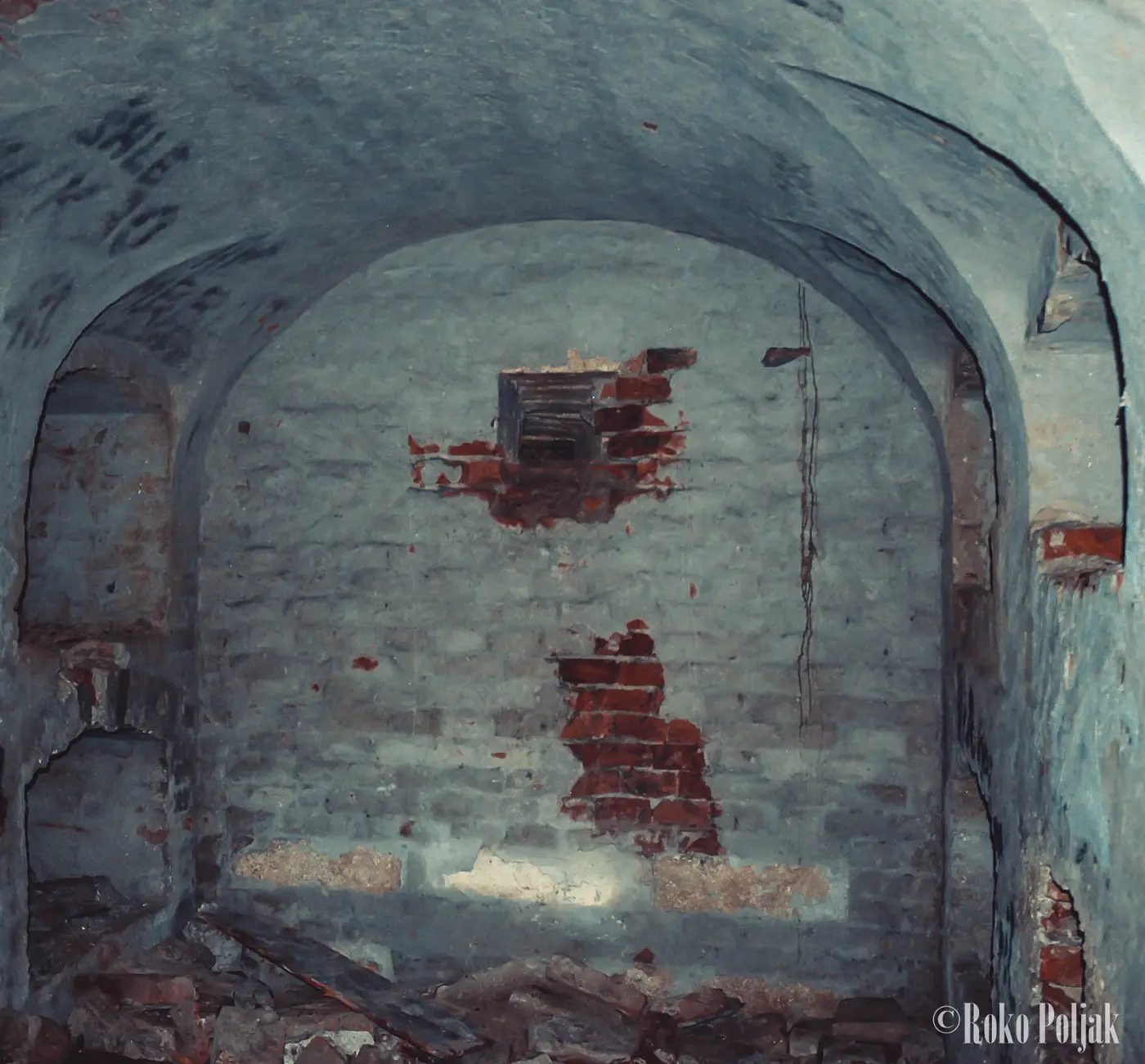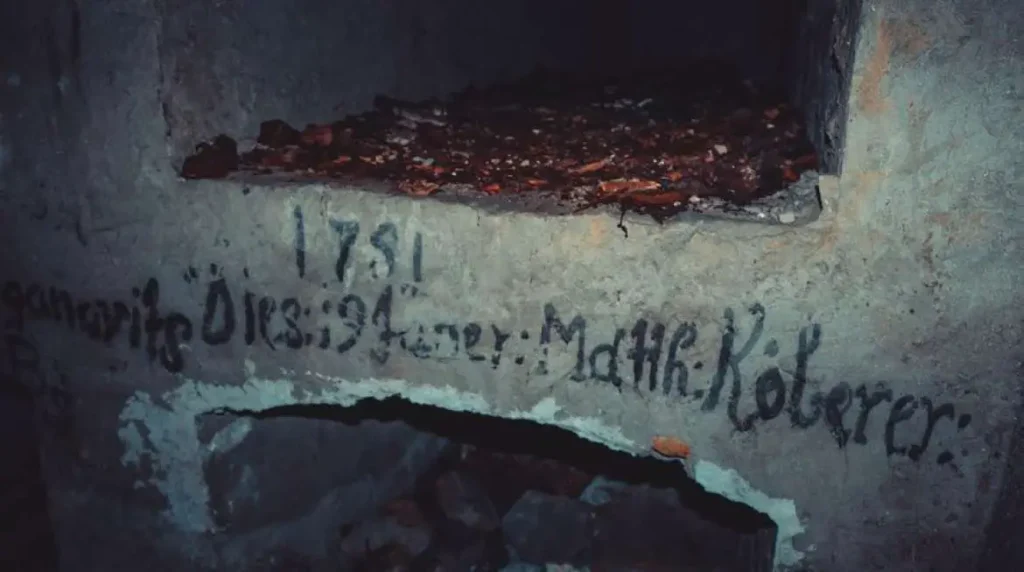April 14, 2023 – Osijek is undoubtedly one of those places that keep surprising with their little secrets. Whether that’s the number of parks and green areas the city offers, the IT scene that has been slowly but surely developing there, or the little gems of culture and history that pop up now and again, the capital of eastern Croatia never ceases to amaze. Today, we’re exploring underground Osijek.
As SiB writes, there are many things we don’t know about the places we pass by every day, and so much we don’t know about the places we even walk over every day.
Following this thought, the FB group Tajanstvena Hrvatska (Secret Croatia) received a treat from Roko Poljak, a local photographer who published his photos of the crypt under the church of St. Michael, built during the 18th century in Osijek’s historic core, known as Tvrđa. Judging by the records, this crypt was in operation even before the completion of the construction of the church itself. The crypt was primarily used for Jesuit burials, as well as for other citizens who could pay for a burial, as the space was extremely limited.

The crypt occupies an area equivalent to almost three-quarters of the church and consists of a staircase, several corridors, and rooms with burial places. Unfortunately, the names of most of the deceased are not known because the inscriptions on the grave sites have long since faded, and many names were not mentioned in the list of those buried. Although today crypts under churches are a rarity, Osijek has got quite a few of them, including the church of St. Cross in Tvrđa, the Capuchin Church of St. Jakov, the church of the Most Holy Name of Mary in Donji Grad, the Chapel of St. Anna at the cemetery.

Burials in crypts were gradually banned in 1788 after the decree of Emperor Francis Joseph II, and the last recorded burial in the crypt was on August 27, 1829, although burials most likely took place until the middle of the 19th century.

The Croatian government in Zagreb had the final say on burials in crypts in 1867, which decreed that no more new tombs may be built in churches, and existing crypts must be closed if they do not have an entrance from the outside of the church. Then the door of the crypt was walled up, and the crypt remained intact until 1928 when the entrance to the crypt was accidentally discovered during work on the church. Because of the extremely thick walls, the crypt served as a bomb shelter during World War II.
Special thanks to Roko for letting us use his pictures!
For more, make sure to check out our dedicated Travel section.










